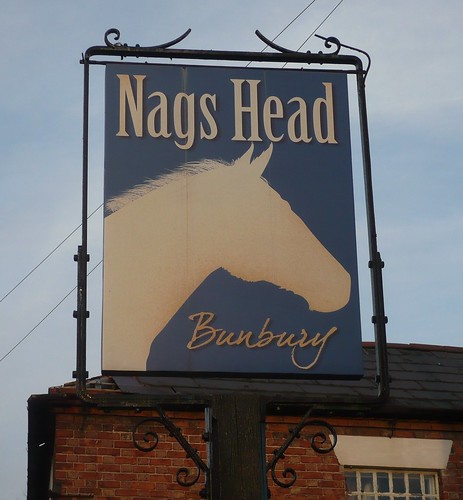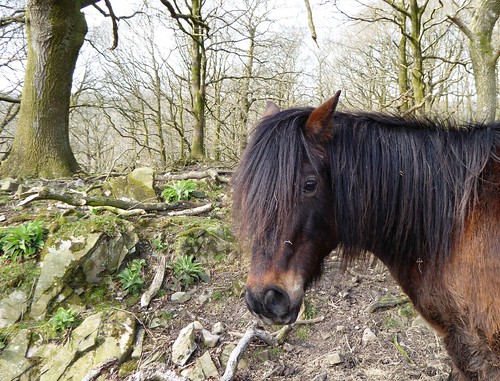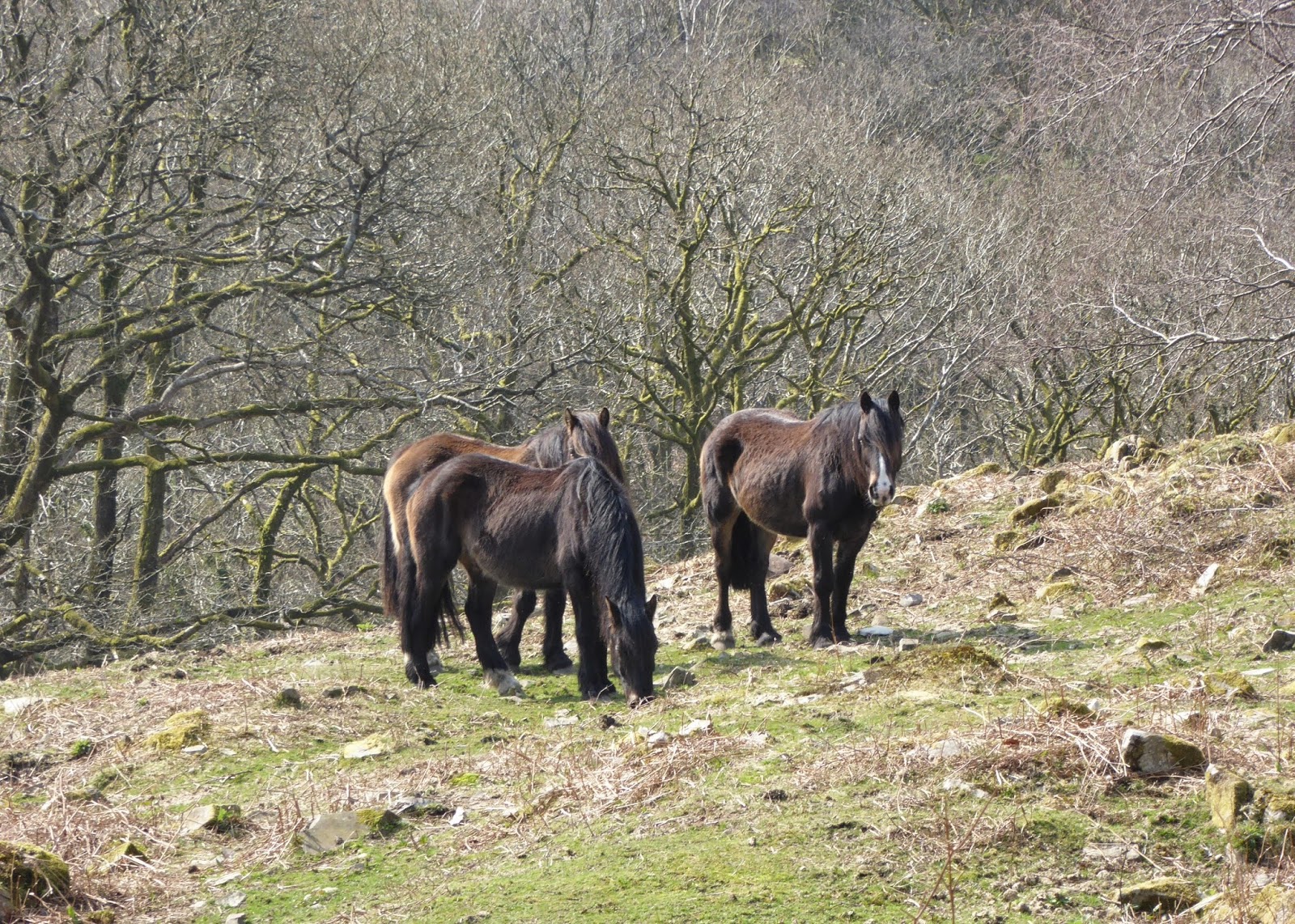The sign's designer shows an instantly recognisable outline so here is the real thing
in this case a hardy Fell Pony who turned to look at me as I passed but only briefly before it returned to its main purpose .
of nibbling on whatever was tasty on the woodland floor. Its companions were further
up the hillside. It is very rocky and stony ground but the fell ponies (whose ancestors have probably roamed about on the fells and valleys since neolithic times) seem to thrive.
Their coats looked glossy after the winter.
Although the word nag usually refers to an old or inferior horse, its older usage is that of a small riding horse or pony and comes to us from the Middle English word nagge whose origin is unknown.
An entry to ABC Wednesday, a journey through the alphabet, this week sojourning at N here








5 comments:
Interesting piece of history; thanx.
Nags or fake lighthouses were also used in Cornwall in the 19th century by the shipwreckers.
Thanks for your interesting history.
Wil, ABCW
an old grey (and brown) mare
ROG, ABCW
nice looking nag
We have a Nags Head area in Virginia on the coast! Lovely photos!
Post a Comment